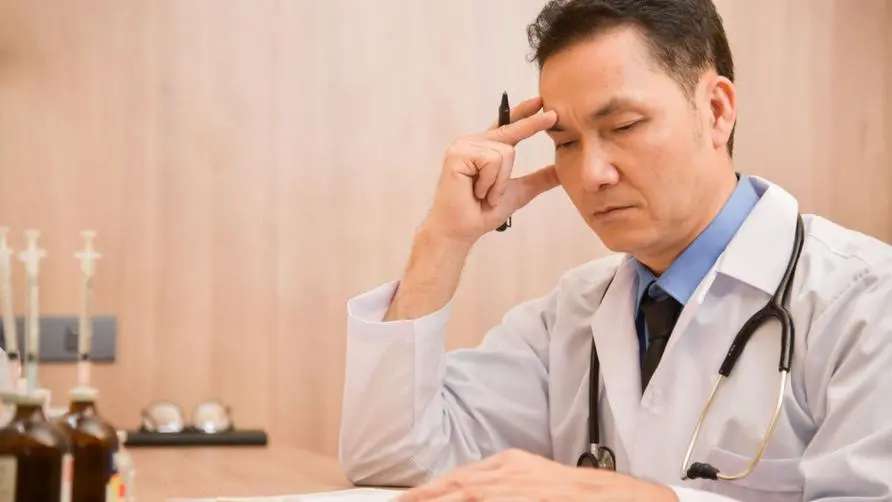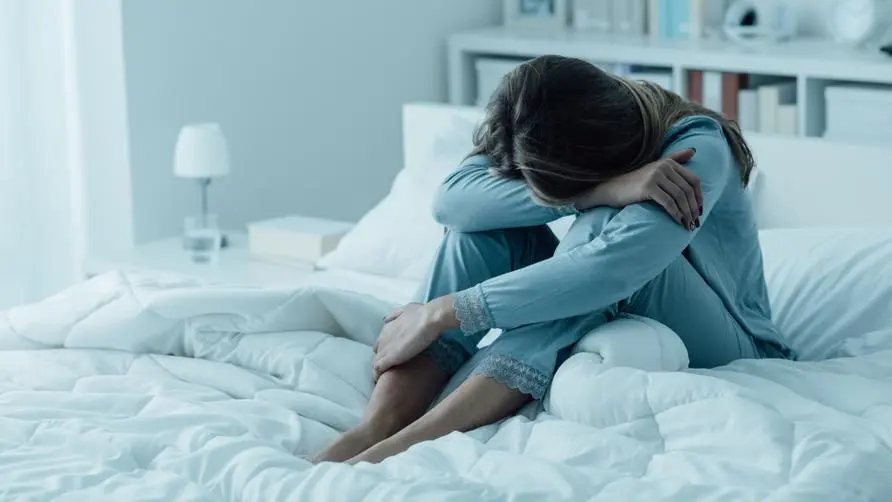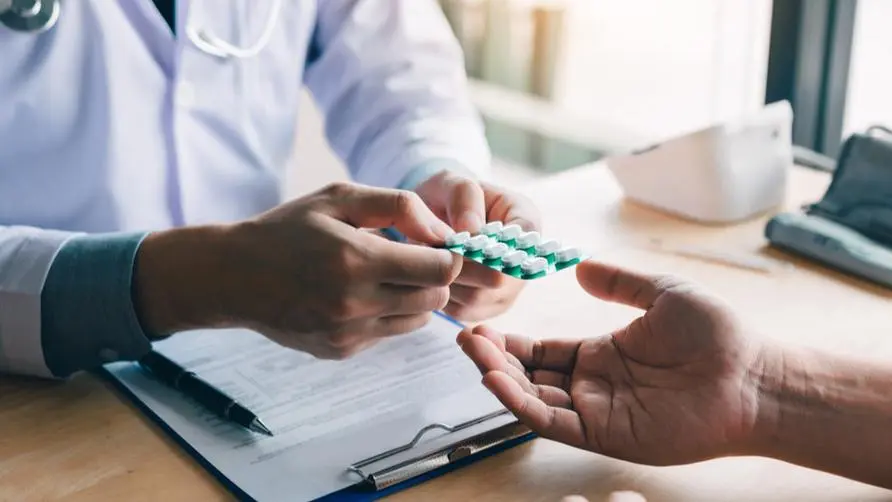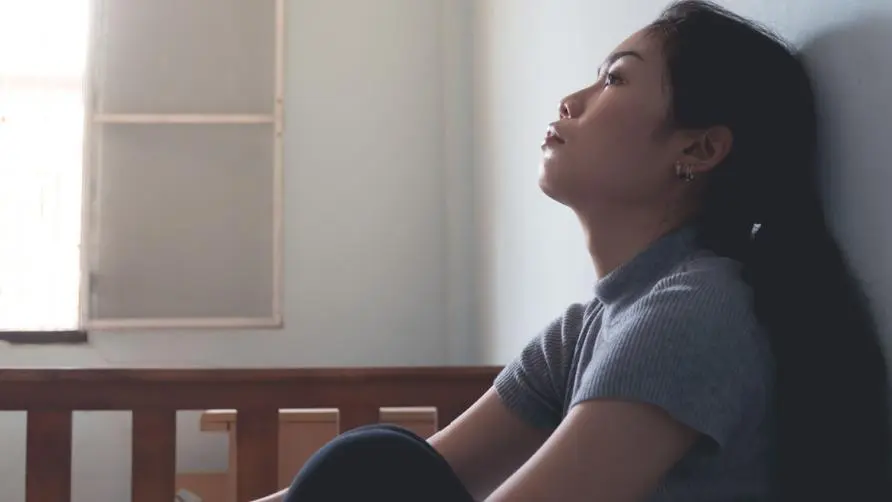You look happy on the outside but you are suffering on the inside! Are more and more people experiencing "hidden grief"? Experts reveal treatment guidelines for patients with depression
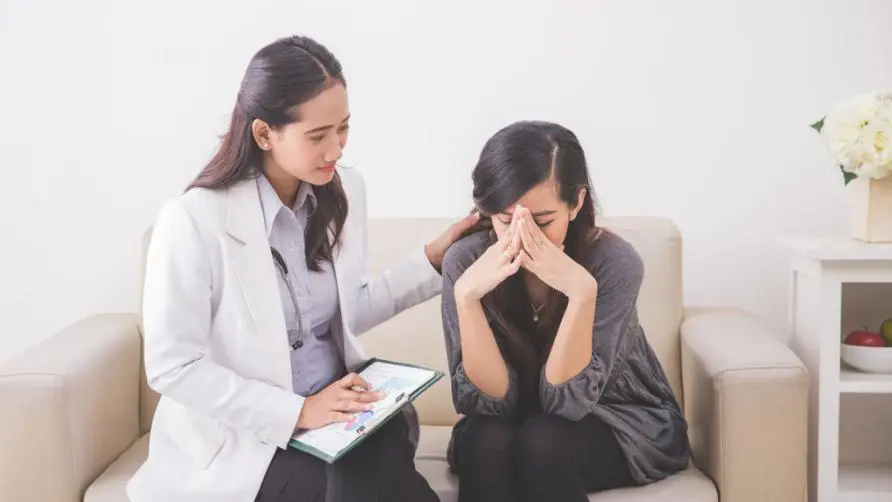
Looks like happiness on the outside but is suffering on the inside! Core concepts in caring for patients with depression
Do you often hear elders saying to younger generations: “Your generation is so happy, you have everything you want?” Under this concept, everyone’s happiness index should be off the charts, but is this actually the case? In fact, this is not the case. The real result is that the pressure has increased, ranging from family problems, competition for further education and career, social media comments, and even interpersonal interactions and sexual orientation issues. They are all quietly intertwined and affecting our lives. “Looking happy, but suffering at the same time” is probably the most appropriate sentence to describe modern people.
Therefore, we should be reminded that everyone looks at things from a different perspective. Many things that we think may be happy may not necessarily make the other person happy as well. This is especially true when treating patients with depression. It is necessary to prescribe the right medicine, but not just prescribing medicine. More importantly, it is necessary to understand the source of the patient’s stress, adopt an empathetic attitude, and treat the patient with complete care. The core concept of correct depression care is to be more considerate and accompanied during the treatment process, to know exactly whether the patient’s symptoms have improved during the treatment process, and to adjust the treatment strategies in a timely manner.
This kind of depression is not suitable for immediate medication! Are the interventional treatments for mild and severe cases the same?
Looking back at the international treatment guidelines related to depression, there are actually more than 20. Some emphasize evidence and some are expert consensus recommendations. The guidelines that emphasize evidence and are newer include WFSBP, BAP, CANMAT, etc., while the 2020 RANZCP It is the consensus opinion of experts. Looking back on the whole, in terms of treatment recommendations, many recommendations have changed over time as clinical research evidence is updated, and whether the degree of symptom improvement under treatment is appropriate (adequate or inadequate response) The definitions are inconsistent or not even mentioned (if not mentioned, clinicians will not have a definition that can be used as an operational basis), and there is a lack of information specifically on treatment-resistant depression (TRD). Treatment Guidelines.
The overall treatment recommendations, based on evidence-based medicine, all emphasize the need to classify depression into mild, moderate and severe levels based on the frequency of clinical symptoms and the impact of emotions on life. In patients with mild depression, health education and life Type adjustment, stress adjustment, and psychological intervention are the primary recommendations, while antidepressant drugs are the main treatment for moderate and severe depression. However, if depression lasts for more than two years, or if there is a lack of response to non-drug treatments, antidepressant drugs are also important in mild depression. The 2020 RANZCP expert consensus emphasizes that every patient is recommended to take non-drug treatments (such as lifestyle adjustments) first, and only start drugs when these non-drug treatments are ineffective. Although the overall concept The direction is quite good. However, this criterion is not clearly defined in terms of how drugs are used and when to switch, and it is also weak from an empirical perspective.
Antidepressants are ineffective and do not respond to treatment. Experts reveal 8 alternative treatment options
Once you encounter poor response to antidepressant drug treatment, or even no response to multiple drug treatments (such as refractory depression, a common definition is that two antidepressant drugs are treated at appropriate doses and times. Still no response), what should I do?
We and experts from the National Forum on Depression recommend that when encountering a case that does not respond to antidepressant treatment, it should be re-confirmed whether the patient is using the drug according to the doctor’s instructions or whether the drug is being taken at the appropriate dose. Once the response to drug treatment is confirmed, If it is not good, you can consider increasing the dose, combining another antidepressant, switching to another antidepressant, adding other drugs, or repeated transcranial magnetic stimulation (rTMS or iTBS). However, in recent years, it has been found that There are two strategies: increasing the dosage of the drug and combining it with another antidepressant. The empirical evidence is weak. Therefore, in terms of drug treatment strategy, changing the drug or adding other types of drugs are the more empirically recommended methods.
Once a patient with major depressive disorder (MDD) has confirmed that two or more antidepressants are ineffective, in addition to switching to another antidepressant, adding other types of drugs, repeated transcranial magnetic stimulation (rTMS or Theta burst stimulation iTBS), esketamine nasal spray, ECT electroconvulsive therapy, or vagus nerve stimulation (VNS) can also be considered; however, it should be noted that esketamine nasal spray is the first “glutamate mechanism esketamine to inhibit NMDA (N -methyl-D-aspartate receptor) → Promote glutamin release → Activate AMPA receptor → Increase the activity of BDNF (brain-derived neurotrophic factor) and mTOR (mammalian target of rapamycin) → Increase the synthesis of postsynaptic neurotransmitters. “A rapid antidepressant drug .
Research has found that it can quickly improve adult depression in a short period of time. It has been approved by relevant authorities in Europe and the United States for first-line use in the treatment of refractory depression. However, in Taiwan, it is currently only used in the treatment of severe depression symptoms combined with acute suicidal ideation or behavior. Treatment, the clinical use of which is subject to discussion with a psychiatrist at a specific medical facility, and vagus nerve stimulation (VNS). Although the US FDA has approved its use in the treatment of refractory depression in the early days, Taiwan has not yet approved this clinical indication.
References:
Bauer, M., Pfennig, A., Severus, E., Whybrow, PC, Angst, J., Möller, HJ, & World Federation of Societies of Biological Psychiatry. Task Force on Unipolar Depressive Disorders (2013).
The world journal of biological psychiatry : the official journal of the World Federation of Societies of Biological Psychiatry, 14(5), 334–385.
Cleare, A., Pariante, CM, Young, AH, Anderson, IM, Christmas, D., Cowen, PJ, Dickens, C., Ferrier, IN, Geddes, J. , Gilbody, S., Haddad, PM, Katona, C., Lewis, G., Malizia, A., McAllister-Williams, RH, Ramchandani, P., Scott, J., Taylor, D., Uher, R. , & Members of the Consensus Meeting (2015).
Journal of psychopharmacology (Oxford, England), 29(5), 459–525 .Kennedy, SH, Lam, RW, McIntyre, RS, Tourjman, SV, Bhat, V., Blier, P., Hasnain, M., Jollant, F., Levitt, AJ, MacQueen, GM, McInerney, SJ, McIntosh , D., Milev, RV, Müller, DJ, Parikh, SV, Pearson, NL, Ravindran, AV, Uher, R., & CANMAT Depression Work Group (2016).
Canadian journal of psychiatry. Revue canadienne de psychiatrie, 61(9), 540–560.
Malhi, GS, Bell, E., Singh, AB, Bassett , D., Berk, M., Boyce, P., Bryant, R., Gitlin, M., Hamilton, A., Hazell, P., Hopwood, M., Lyndon, B., McIntyre, RS, Morris, G., Mulder, R., Porter, R., Yatham, LN, Young, A., & Murray, G. (2020).
Bipolar disorders, 22(8), 788–804.
Li Zhengda (in press). Recommendations for the treatment of refractory depression treated with antidepressants. Li Mingbin. Establishing an integrated care network model for the prevention and treatment of depression, National Institutes of Health Forum. Ministry of Health and Welfare.
Source:
Further reading:
